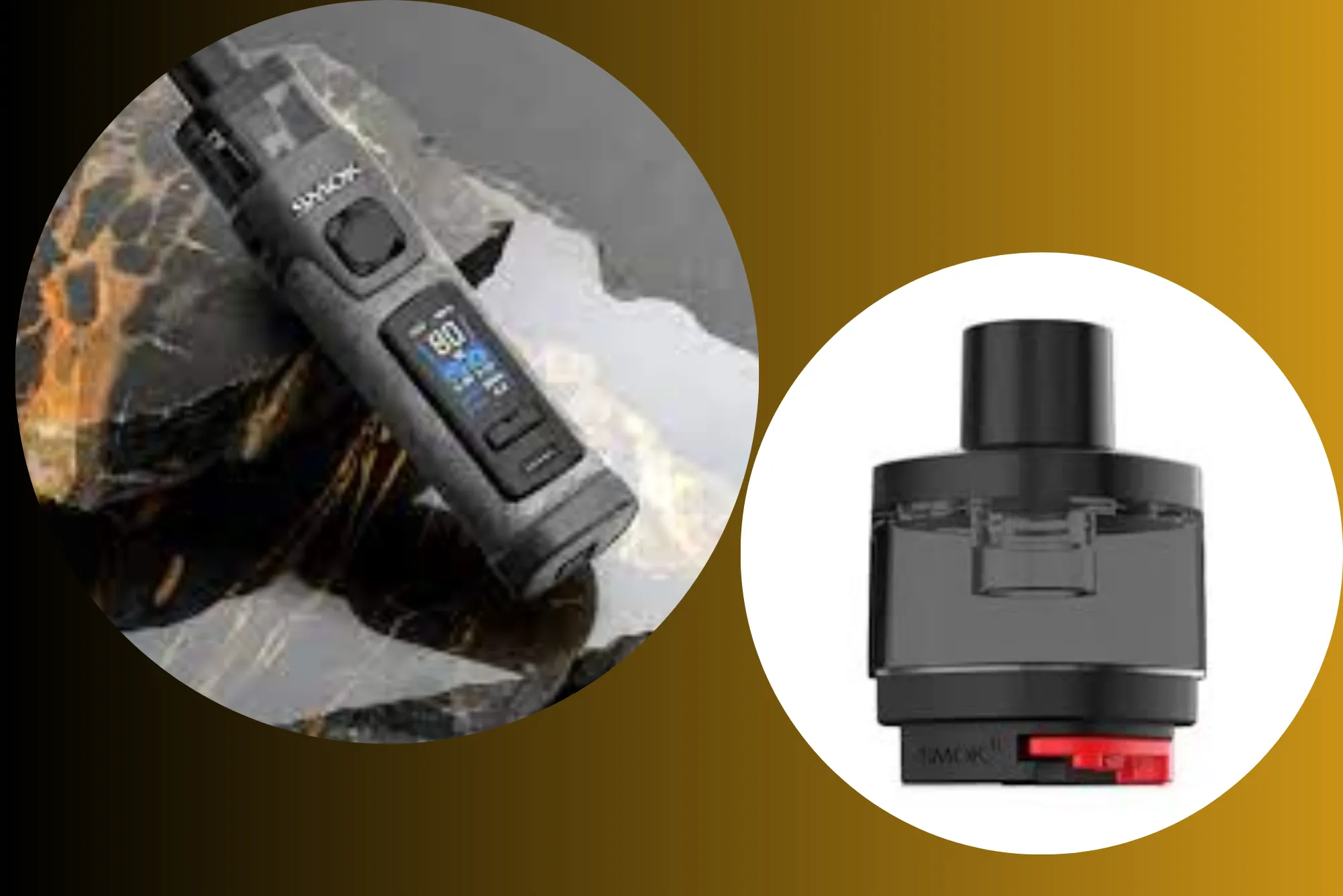Creating a successful digital product is about making sure it works well for the people using it. That’s where user experience, or UX, comes in. A positive user experience can convert casual visitors into loyal customers, while a poor experience can send them clicking away in seconds.
In the world of UX research, two terms often come up: user testing and usability testing. While they sound similar and are sometimes even used interchangeably, they actually refer to two different types of testing.
To make the most of your UX strategy, it’s important to understand the unique role each type of testing plays. In this article, we’ll explain what user testing and usability testing really mean, highlight the key differences between them, and help you decide when to use each one.
What is user testing?
User testing is a way to better understand your users, their needs, emotions, expectations, and how they make sense of information. It goes beyond how people use a product and focuses on how they think, what they value, and what challenges they face when engaging with digital experiences.
This kind of testing is especially useful when you want to explore how users perceive navigation structures, interpret labels or categories, and respond to different design directions. The goal is to see things from the user’s perspective.
After observing real users and gathering their feedback, you gain valuable insight into their mental models and decision-making patterns. This helps you design experiences that feel more intuitive and aligned with what users actually expect, rather than what you assume they need.
User testing is about learning how real people experience your digital product. Instead of guessing what users want or need, it gives you direct feedback from the people who will actually use your website, app, or service. It helps you understand their behaviour, preferences, and expectations so you can make better design decisions that truly meet their needs.
User testing explores what users want, what they expect, and how they feel while interacting with your product.
There are many ways to run user testing, depending on what you want to find out. Common tools include:
- Surveys collect opinions and attitudes from a wider audience.
- Preference tests, where users choose between different design options.
- Card sorting is used to understand how people group information.
- Tree testing, which checks whether users can find what they need in your site structure.
- 5-second tests, which capture first impressions.
It’s especially useful for spotting early design issues, validating ideas, or simply understanding your target audience better.
What is usability testing?
Usability testing checks how easy and intuitive your product is to use. It focuses on how users can complete specific tasks and whether they can do so smoothly, quickly, and without confusion.
Usability testing zeroes in on performance. It asks: Can users find what they need? Can they complete their tasks without getting stuck? Does the interface make sense to them?
Common methods used in usability testing include:
- Prototype tests, where users interact with an early version of the product to uncover design flaws before launch.
- First click tests, which show whether users are instinctively clicking in the right place to complete a task.
The main goals of usability testing are to:
- Identify points of confusion or friction in the user journey.
- Watch how people perform specific actions like finding a product or filling out a form.
- Measure how efficient, effective, and satisfying the experience is.
- In short, usability testing helps you assess how well your design supports users in reaching their goals. It gives you clear, practical insights into what’s working and what’s getting in the way so you can refine the experience and make it more intuitive for everyone.
What are the key differences between user testing and usability testing?
While user testing and usability testing are both valuable tools in UX research, they serve different purposes and are used at different stages of the design process.
Understanding the distinctions between the two can help you choose the right approach.
Scope and depth
User testing looks at the bigger picture. It focuses on understanding broader user needs, behaviours, and preferences. This might include how users feel about a concept, business idea, what features they expect, or how they mentally organise information.
Usability testing, on the other hand, is more focused. It examines how well users can complete specific tasks, such as navigating to a product page or filling in a form, without confusion.
Timing in the design process
User testing is often used in the early stages of product development. It helps teams explore ideas, uncover expectations, and validate concepts before committing to a final design.
Usability testing tends to come later. It’s used to evaluate how well a product works once a design or prototype is in place. That said, it’s also valuable during iterative updates, helping teams fine-tune their interface with real user feedback.
Type of questions answered
User testing answers broad, exploratory questions. For example, how do they feel about a certain topic? What are their goals or pain points? It helps teams understand how users think and what they value.
Usability testing answers more specific questions like, can users complete this task successfully? Where do they get stuck? How long does it take them to finish?
Both are essential, but they’re not interchangeable. Knowing when and how to use each one can make a big difference in creating user-friendly, effective digital experiences.
When should you choose user testing?
User testing is most helpful when you’re still shaping your product or exploring new ideas. If you’re in the early stages of development, it’s the perfect time to use user testing to get a sense of what your target audience really wants.
Let’s say you’re thinking about launching a new feature or entering a new market. You might have a few different concepts in mind, but you’re not sure which one will resonate most with users. This is where user testing helps you explore potential markets, understand user needs, and gather honest feedback before making big decisions.
User testing is also used to validate product ideas and early prototypes. Instead of guessing what your users might prefer, you can hear it directly from them. This saves time, avoids costly redesigns later on, and builds confidence in your direction.
In short, if you want to build a product that’s grounded in real user needs and not assumptions, user testing is where you should start.
When should you choose usability testing?
Usability testing is most useful when you already have something built or at least a working prototype and want to see how well it performs. If your product is in the mid to late stages of development or you’re making ongoing improvements, usability testing can help you fine-tune the experience.
A common scenario for usability testing is when you want to check how easily users can navigate your site or complete key tasks. Usability testing is also ideal when refining interaction design.
If you’re focused on small but important details, like the layout of a form or the clarity of a call to action, this type of testing can show you what works and what doesn’t.
One of the major benefits of usability testing is that you’re not just learning what they like or dislike, you’re watching how they perform, where they hesitate, and what slows them down. These help you identify usability issues quickly and make focused changes that improve the experience.
In short, usability testing is best when your design is taking shape, and you want to make sure it’s working as intended.
How to combine user testing and usability testing for better UX outcomes?
While user testing and usability testing each have their own focus, they work best when used together. When these two methods are used at the right time, they can complement each other beautifully.
A well-rounded UX research strategy usually starts with user testing in the early stages. For example, if you’re developing a new app feature, you might begin by testing different concepts with your target audience to find out which ones resonate..
Later in the process, once the feature is built or prototyped, usability testing comes into play. You’d then check how smoothly users can interact with it, identify any pain points, and make adjustments to improve the overall experience.
This balanced approach helps you create digital experiences that are not only functional but also meaningful and enjoyable.
In conclusion
Choosing the right type of testing is a key part of creating a strong user experience.
Each method has its strengths. User testing helps you understand your audience, while usability testing ensures your product is easy to use. When you select the right approach at the right stage, you can uncover meaningful insights, avoid costly mistakes, and build something that truly works for your users.
With the right testing strategy in place, you’ll be well on your way to designing smarter, more user-friendly experiences.




